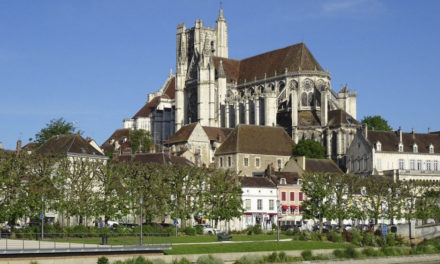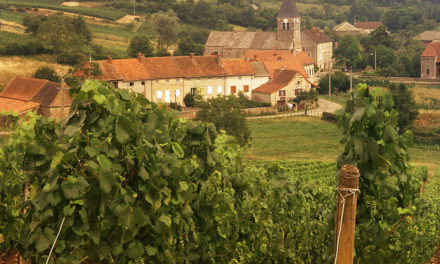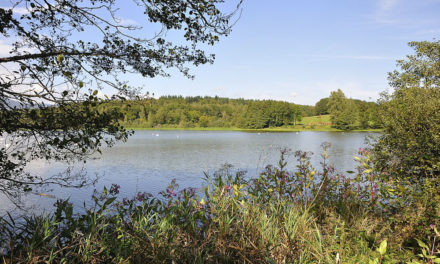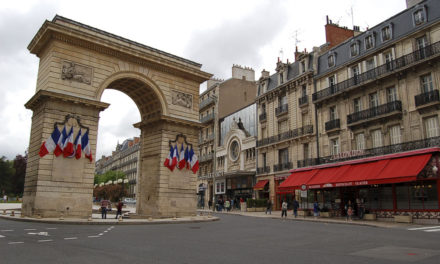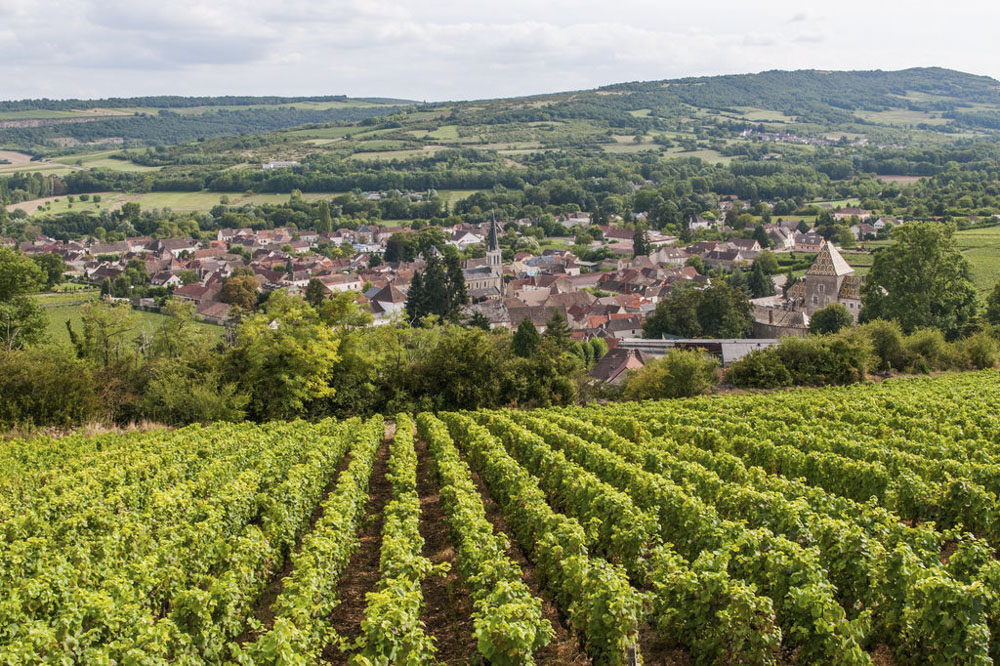
Chalon Sur Saône, the second city of Burgundy and a port in Gallo Roman times, has a 11/15th century cathedral with superb cloister, high neo-Gothic towers and many half-timbered houses. The Denon Museum has fine arts and archaeology whilst the Niépce Museum is dedicated to the inventor of photography, born in Chalon in 1816. Autun retains two gates from the Augustan period, the Temple of Janus and the largest Roman Theatre in the west of the Roman Empire, two thirds of which remain. The 12th century Cathedral of Saint-Lazarus has fine examples of Romanesque architecture and the Musée Rolin houses many treasures including Gislebertus’,‘The Temptation of Eve’, the first female nude of European mediaeval sculpture. Montceau les Mines and Creusot, were famous for coal, mining and iron and the old crystal works at Château de la Verrerie are now a museum, surrounded by formal gardens by Henri Duchêne, gardener for Paris in the time of Napoleon III.
Towns in the Saone-et-Loire
Book a Hotel in the Saone et Loire
Paray-Le-Monial
The Romanesque basilica at the monastic town of Paray-Le-Monial mirrors Cluny. ‘Maison Joyet’, the property of a rich draper, with an ochre façade and fine sculpted medallions, overlooks the square whilst the Paul Charmoy Museum describes the rise in popularity of clay in the 19th century. Founded in 910, the immensely influential Abbey of Cluny of which barely one tenth remains, once had over 10,000 Benedictine monks from England, Italy and Germany under its command and was the largest in Christendom until the 16th Century. A computer in the museum generates an image of the original church. Many period houses remain with ground floor arcades for shops and living quarters above. The Romanesque architecture ranks second only to Venice. Part of the former Abbey houses the Cluny National Stud and the chapel of Berzé la Ville, the Abbot’s summer residence, retains wonderful examples of period painted decorations.
Mâcon
Surrounded by 5,000 hectares of vineyards producing 49 million bottles a year, Mâcon is known for such famous names as Saint-Véran, Pouilly Fuissé, Moulin à Vent, Saint Amour and Juliénas, in May the “Concours des Grands Vins de France’ and “Foire Nationale des Vins”, the oldest of its kind in France are held here. In 1790, Mâcon became the capital of the department and a museum is dedicated to Lamartine, the famous politician and poet born then. There is also the 11th century Saint Laurent Bridge, 15/16th century half-timbered house with unusual carvings, the 16th century restored funeral basilica of Saint-Clément and the 16th century Cathedral of Saiint-Vincent whose south tower symbolises the town of which it has a panoramic view. Soufflot, architect of the Panthéon, built La Charité where the poor and orphans were housed (a casket for abandoned babies still exists in the tower) and the Hôtel de Dieu has a collection of 15th century apothecaries’ jars.
Château of Berzé-le-Chatel
The square keep and tower of the 13th century Château of Berzé-le-Chatel, overlooks the surrounding countryside. A Carolingian chapel nearby has remarkably preserved Romanesque and Byzantine inspired wall paintings. The Rocks of Solutré and Vergisson recently given the accolade of ‘great natural site of national interest’ are exceptional prehistoric sites, and overlook the Mâconnais vineyards. At the ‘Hameau en Beaujolais’ at Romanèche Thorins, there is a complete presentation of the history of the vineyard and wine whilst on the other side of the track is a museum on the history of the railways. The ‘Vigneroscope’ at Saint-Philibert near Loche offers a 40 minute show reliving the history of the wine growers from ancient times to the present, followed by the tasting of the estate’s white wines.
| Title | Address | Description |
|---|---|---|
SAONE ET LOIRE | Saône-et-Loire, France |


